Wireless charging has become a popular choice for tech enthusiasts, offering convenience and flexibility with its fast charging capabilities. Let’s explore the technology behind wireless charging and discover the best wireless chargers available!
1 What is Wireless Charging?
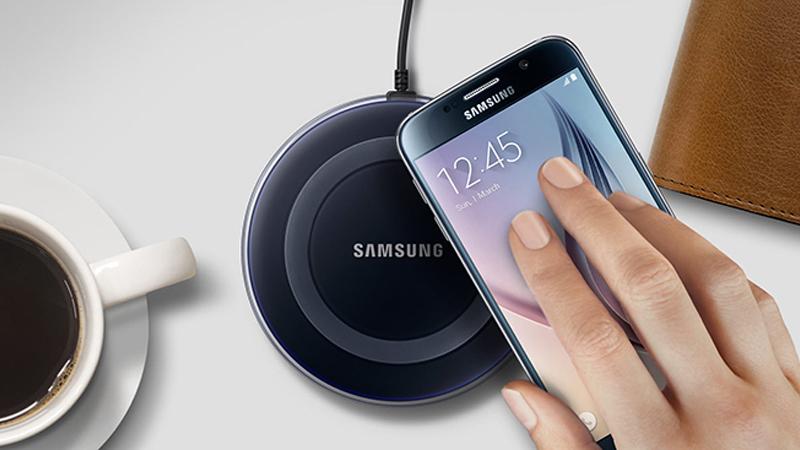 Wireless charging is a convenient way to power up electronic devices
Wireless charging is a convenient way to power up electronic devices
Wireless charging is a convenient way to power up electronic devices without the need for plugging them into a wall outlet or directly connecting them to a power source using a cable. Simply place your device at a certain distance or make contact with the charging surface to start charging.
2 What are the Global Standards for Wireless Charging?
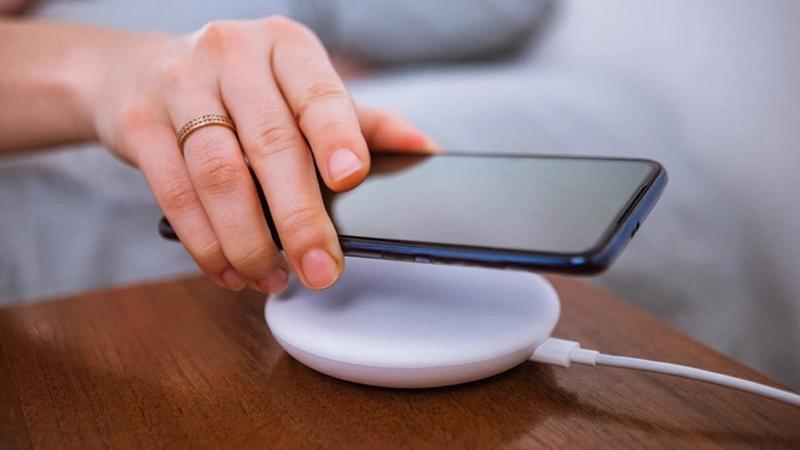 There are multiple global standards for wireless charging
There are multiple global standards for wireless charging
A few years ago, there were only three global standards for wireless charging: Alliance for Wireless Power, Power Matters Alliance (PMA), and Wireless Power Consortium (Qi). However, the first two standards merged to form the AirFuel Alliance, adopting the Powermat standard. After a few years, Powermat joined the company that owns the Qi standard to unify wireless charging standards worldwide.
By joining the Wireless Power Consortium (WPC), Powermat aimed to unify wireless charging systems and make them more accessible to consumers worldwide, enhancing their quality of life.
3 How Does Wireless Charging Work?
 Wireless charging uses electromagnetic induction to transfer energy
Wireless charging uses electromagnetic induction to transfer energy
Wireless chargers use electromagnetic induction to transfer energy from the charger to the device being charged. This is achieved through two induction coils, one in the charger and the other in the device. The coil in the charger creates an alternating electromagnetic field, which induces a current in the coil in the device, thus charging it.
The induction coils can take various forms, such as a flat metal plate attached to the phone, an embedded circuit, or a case that doubles as a battery. When the charger is turned on, an alternating current flows through the coil, generating an electromagnetic field around it.
As the secondary coil in the phone comes close, an alternating current is induced in it, which is then rectified by the receiver circuits and used to charge the phone’s battery.
4 Benefits and Drawbacks of Wireless Charging Technology
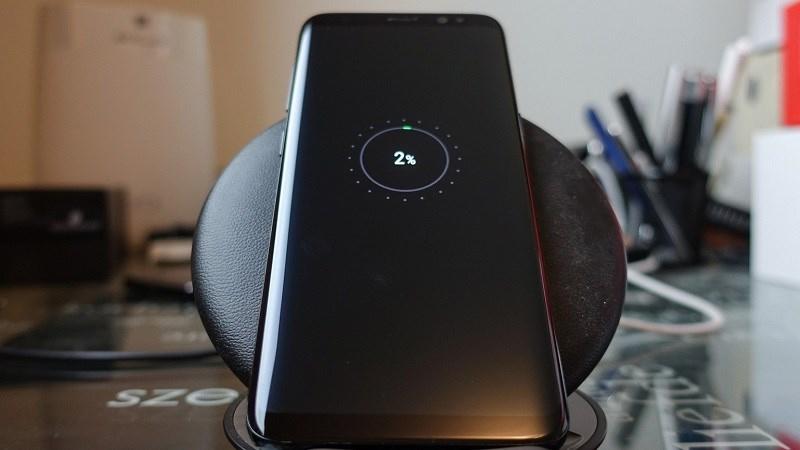 Wireless charging offers benefits but also has some drawbacks
Wireless charging offers benefits but also has some drawbacks
Benefits
- No Tangled Wires: Wireless charging eliminates the need for messy and cumbersome wires.
- Compact and Portable: Wireless chargers are usually small and easy to carry around or store when not in use.
- Automatic Shut-off: Wireless chargers can detect when a device is fully charged and stop the power supply, saving energy.
- Safe and Convenient: You can use your device while it’s charging without worrying about overheating or damaging the battery.
Drawbacks
- Inefficient Energy Transfer: Wireless charging loses some energy during the transfer process, affecting its efficiency and increasing charging time compared to wired charging.
- Reliance on Power Source: Wireless chargers still need to be connected to a power source to function, similar to using a charging cable.
- Limited Charging Distance: Wireless charging requires the device to be in close proximity or direct contact with the charging pad.
- Space Consumption: Induction coils inside the device take up valuable space.
- Limited Compatibility: Wireless charging is only available on select high-end devices. If your device is not compatible, you may need to invest in additional accessories.
5 The Future of Wireless Charging
 The future of wireless charging holds exciting possibilities
The future of wireless charging holds exciting possibilities
Technology giants like Apple and Intel are pushing the boundaries of wireless charging with innovative solutions. Apple has patented a wireless charging system with a range of up to 1 meter, while Intel has demonstrated a technology that uses a laptop’s magnetic field to charge a nearby phone.
Wireless charging technology may not be limited to smartphones in the future. It could potentially be applied to electric vehicles, and with further advancements, we might be able to harness Earth’s magnetic field to charge devices anywhere, ushering in a new era of wireless power.
6 Smart Devices that Support Wireless Charging
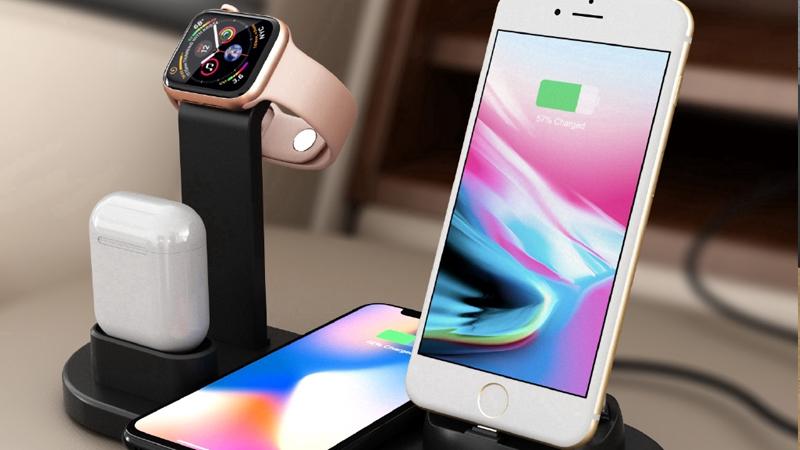 A variety of smart devices now support wireless charging
A variety of smart devices now support wireless charging
APPLE: iPhone 11, iPhone 11 Pro, iPhone 11 Pro Max, iPhone Xs Max, iPhone XS, iPhone SE, iPhone X, iPhone 8, iPhone 8 Plus, Apple Watch
SAMSUNG: Samsung Galaxy Note 20 Ultra, Samsung Galaxy Note 10, Samsung Galaxy Note 8, Samsung Galaxy S10, S20, S21 Ultra, Note FE, Samsung Galaxy S8, S8 Plus, S8 Active, Samsung Galaxy S7, S7 Active, S7 Edge (also supports AirFuel), Samsung Galaxy S6, S6 Active, S6 Edge, S6 Edge Plus, Samsung Gear S2, S3
Google Nexus 4, 5, 6, 7, Microsoft Lumia 920, 928, 930, 950, 950 XL, 1020, 1520, Nokia Lumia Icon
LG: LG Lucid 1, 2, LG V30, G2, G3, G6, G6+
BLACKBERRY: BlackBerry Priv, Blackberry Z30
MOTOROLA: Motorola Droid Maxx, Motorola Droid Mini, Motorola Droid Turbo, Moto Z (with mod)
7 Wireless Charging Pads
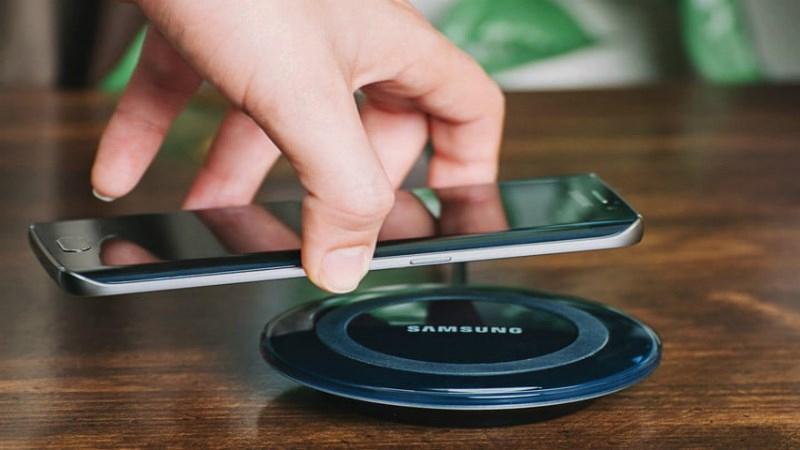 Wireless charging pads, also known as dock chargers, offer convenience and safety
Wireless charging pads, also known as dock chargers, offer convenience and safety
Wireless charging pads, also known as dock chargers, allow users to charge their devices conveniently while using them. They eliminate the risk of overheating or damaging the battery.
There are two types of wireless charging pads: those with built-in cables and those that are truly wireless. The latter incorporates wireless technology, allowing charging without any physical connections to a power source.
Charging pads come in various shapes, such as circles, rounded rectangles, or squares, and are offered by reputable brands like LG, Samsung, Anker, and Apple.
Check out the latest iPhone 14 series, including the iPhone 14, iPhone 14 Pro, iPhone 14 Plus, and iPhone 14 Pro Max, at Topzone, where you can find amazing deals and promotions.
We hope that this article has provided you with valuable insights into wireless charging. With this knowledge, you can make an informed decision when choosing a wireless charging solution that best suits your needs.














